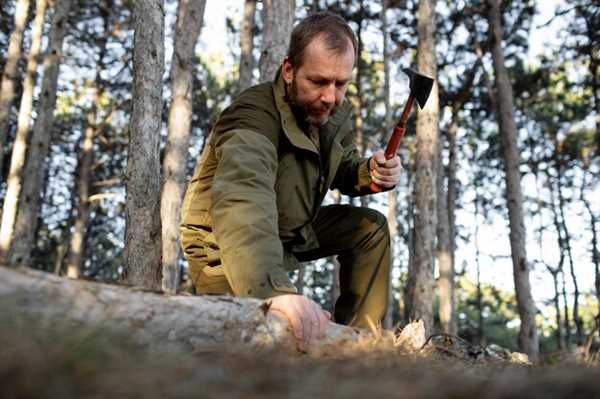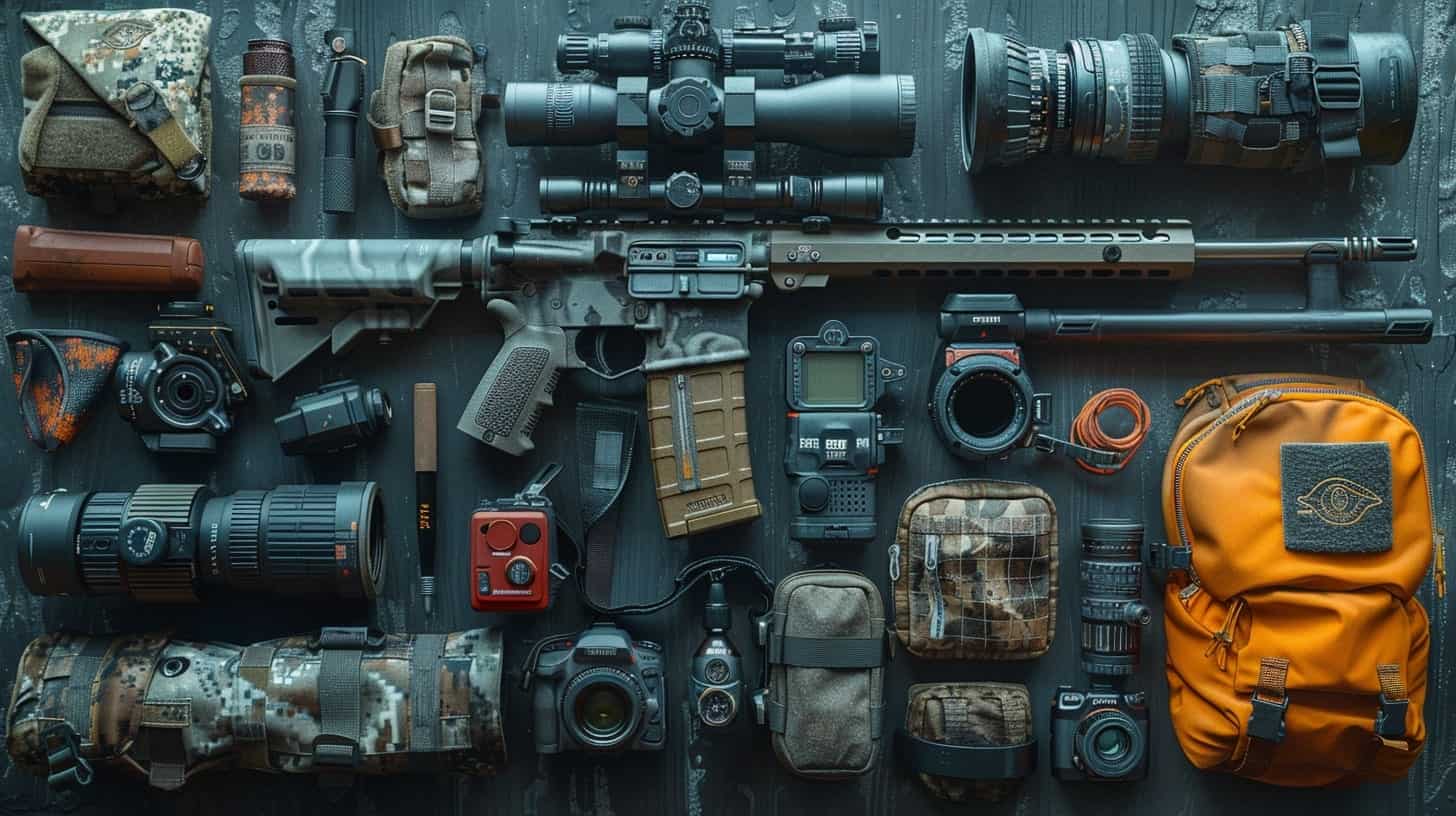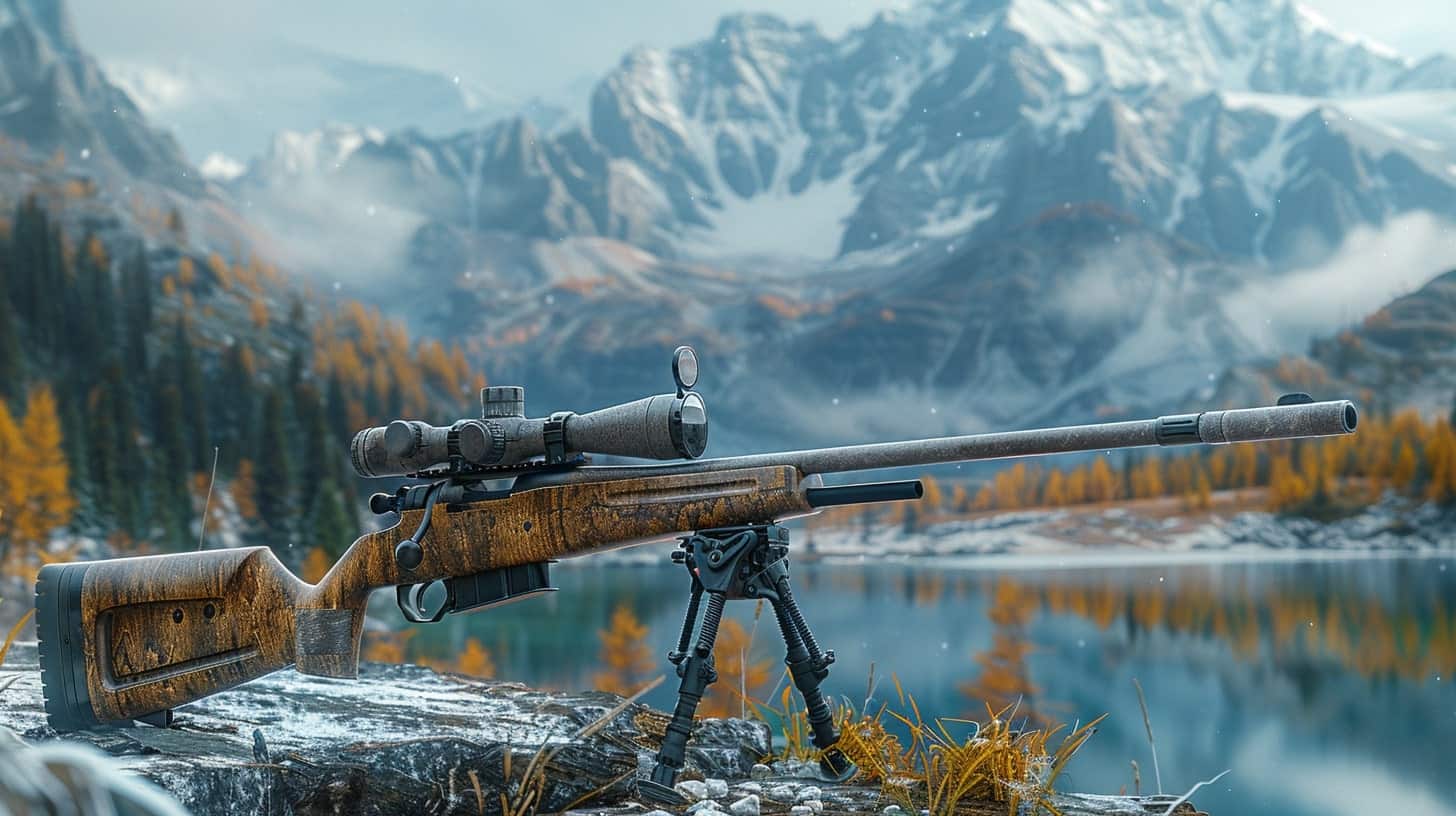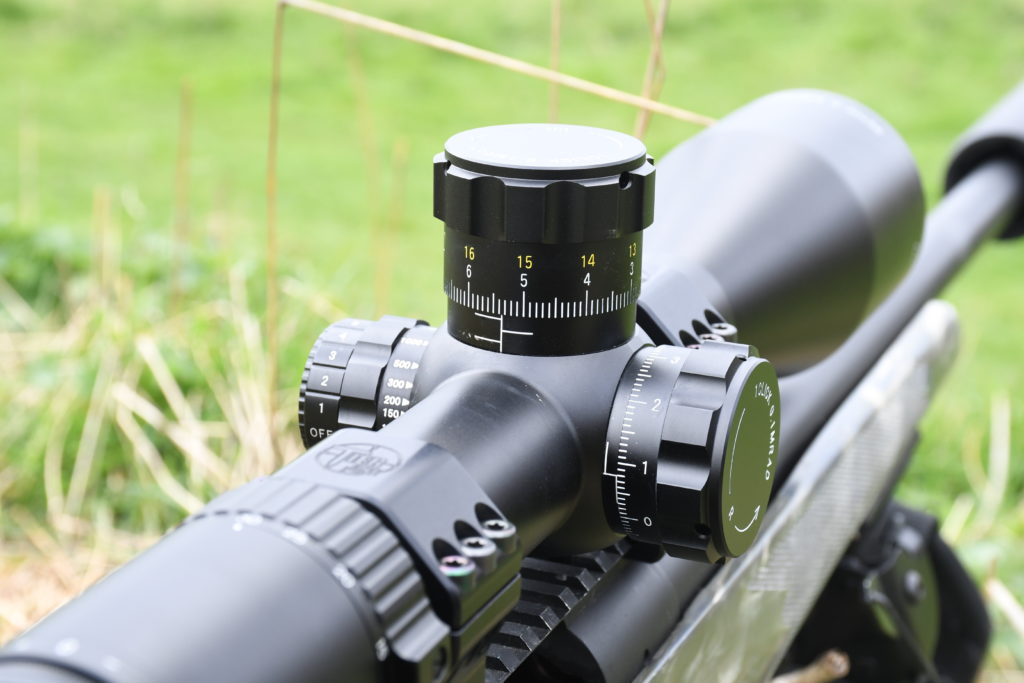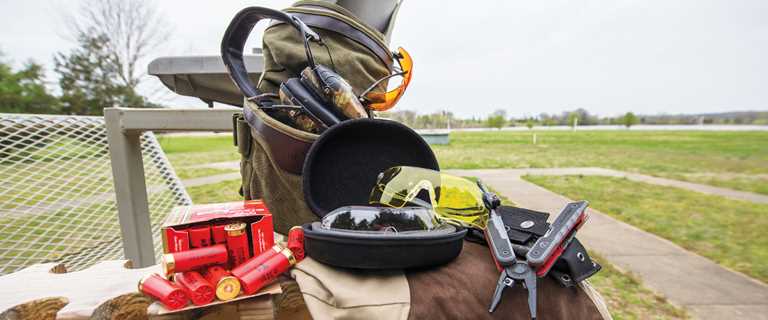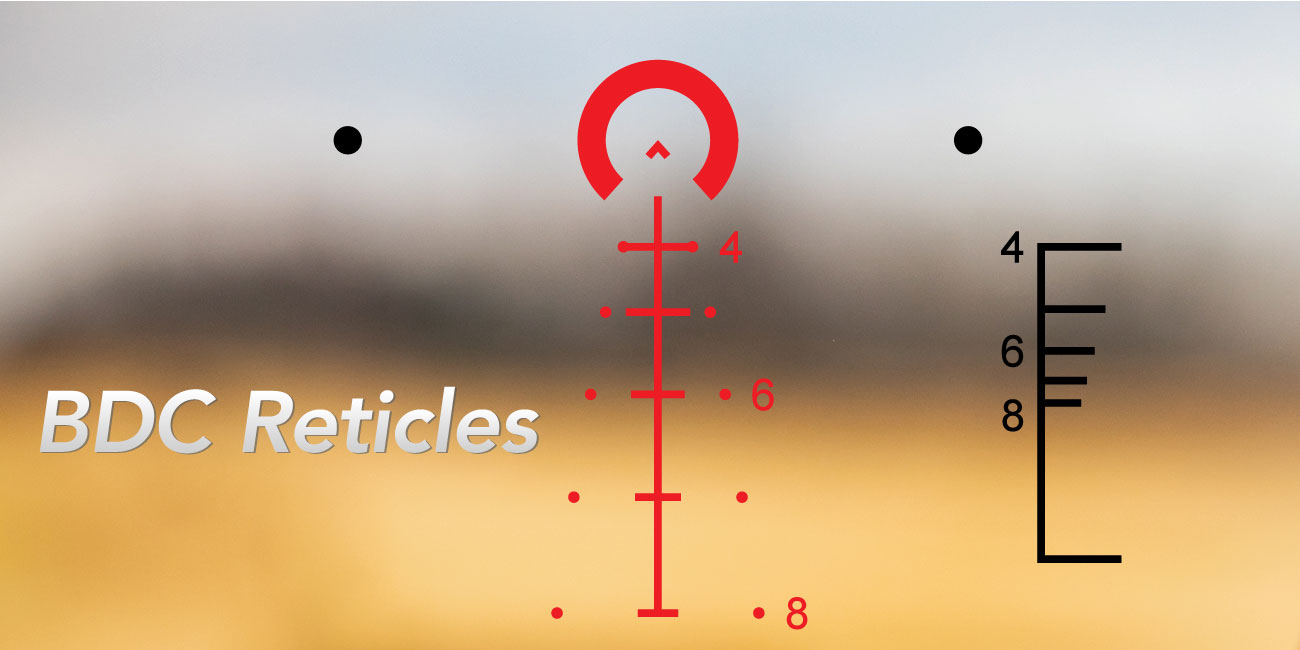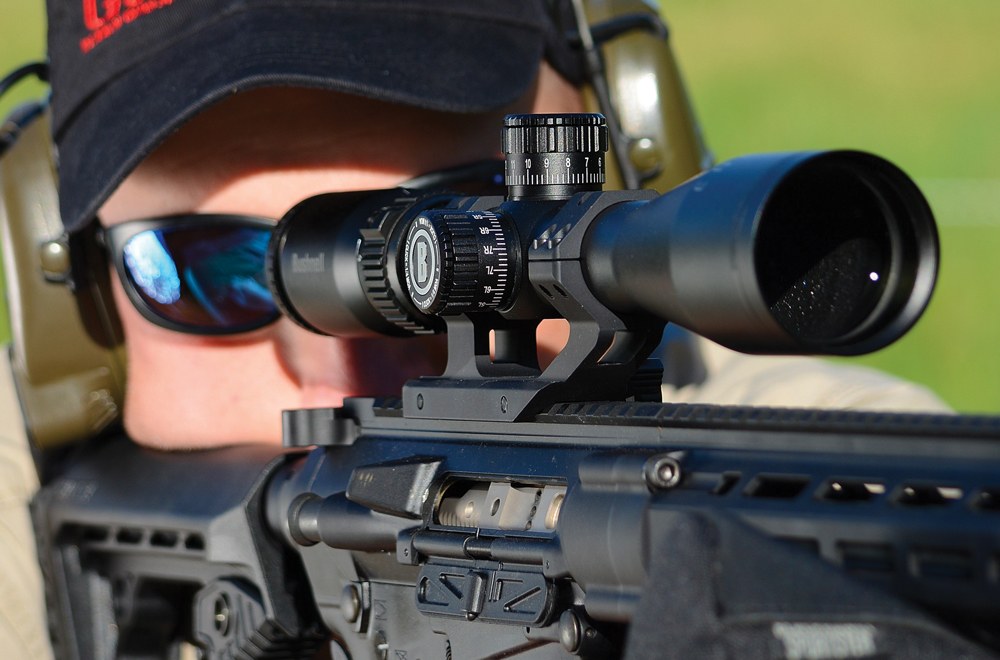How to Maintain and Clean Your Hunting Firearms
Use a reliable cleaning kit that includes brushes, patches, and solvents specifically designed for your weapon type. Regularly inspect your gear for residues or corrosion that can affect performance. After every outing, disassemble your piece following the manufacturer’s guidelines. Wipe down critical components like the barrel and action to eliminate debris. Pay close attention to the optics, such as NVGs, ensuring they’re free from dust and smudges for optimal clarity. Store your arsenal in a designated, climate-controlled space. This helps prevent rust and deterioration. Utilize moisture-absorbing products to maintain an ideal environment, safeguarding your investment and ensuring readiness for the field. Step-by-Step Guide to Cleaning Your Firearm Ensure safety by unloading the weapon and removing the ammunition. Store ammunition separately to prevent accidental discharge. Gather necessary supplies: cleaning rod, brush, patches, solvent, lubricant, and a soft cloth. Choose products suitable for your specific type of device. Attach the appropriate brush…
The Ultimate Guide to Setting Up a Hunting Camp
Begin with choosing a location that offers ample space and natural resources. Proximity to water sources, such as rivers or lakes, can enhance your experience. Assess the terrain for flat ground, minimizing the need for extensive leveling during your arrangement. Prioritize your equipment by opting for high-quality NVGs to ensure visibility during low-light conditions. These devices will enhance your ability to observe surroundings and keep you alert to any movement. Consider investing in a portable generator for additional power when necessary. Construct your setup around a central fire pit, which serves as both a cooking area and a source of warmth. Use durable, weather-resistant tents that offer adequate insulation. Layout should be practical; maintain clear paths for easy access and ensure that food storage is safely out of reach from wildlife encounters. Secure reliable communication tools to stay connected. Satellite phones or two-way radios can prove indispensable in remote areas.…
How to Choose the Best NVGs for Night Hunting
Investing in quality night vision goggles is critical for outdoor enthusiasts seeking to enhance their nocturnal excursions. Select devices with appropriate generation and specifications tailored to your specific requirements. Generation III goggles offer superior clarity and sensitivity in low-light environments compared to earlier versions, making them ideal for extended use. Aim for models that include autogated technology to mitigate the effects of bright lights, which can impair performance during transitional conditions. Field of view is another important attribute; broader visibility ensures you won’t miss movements in your surroundings. Consider magnification capabilities that qualify for your intended activity, balancing detail with spatial awareness. Additionally, weight and comfort contribute significantly to prolonged wear. Look for lightweight options with adjustable straps, ensuring a secure fit without causing discomfort during extended periods of use. The use of durable materials protects your investment against harsh conditions and impacts. Finally, verify compatibility with additional gear, like…
Top 10 Must-Have Hunting Accessories for 2024
Are you ready to gear up for an unparalleled hunting season in 2024? Every hunter knows that success comes down to more than just skill and patience. Having the right tools and equipment is essential to making your hunt efficient, safe, and enjoyable. To help you stay ahead of the game (pun intended), we’ve compiled a list of the top 10 must-have hunting accessories for the upcoming year. From advanced optics to survival essentials, this guide ensures you will be well-prepared and equipped for your next outdoor adventure. Why It’s Important to Have the Right Hunting Gear Before we jump into the list, here’s why having the proper gear matters. The right accessories can improve your accuracy, make you more efficient, and ensure you are operating safely in challenging environments. Whether you’re pursuing whitetail deer, waterfowl, or predators, hunting is a physical and strategic endeavor that requires preparation. A high-quality…
Best Long-Range Hunting Rifles of 2024
Advances in design, engineering, and technology have raised the bar for long-range hunting rifles. Whether you’re pursuing elk in the mountains or targeting coyotes across wide-open plains, having the right rifle can make all the difference. However, with so many options on the market, choosing the perfect long-range hunting rifle can feel overwhelming. That’s why we’ve compiled this guide. Below, you’ll discover top-rated rifles of 2024, learn about their unique features, and understand why each one stands out in the crowded market. By the end, you’ll have the tools and knowledge to pick the perfect rifle for your hunting needs. What Makes a Great Long-Range Hunting Rifle? Before revealing this year’s top selections, it’s important to understand what defines a great long-range hunting rifle. Here are the key factors to consider: 1. Accuracy and Precision The most critical trait of any long-range rifle is accuracy. Precision machining, high-quality barrels, and…
How to Zero a Rifle Scope – Step by Step
If you’re a hunter, chances are you’ve used a rifle scope to help you take down your prey. Rifle scopes can be extremely helpful in making sure that your shots are accurate. However, if the rifle scope isn’t zeroed correctly, it can actually cause you to miss your target completely. In this blog post, we will walk you through the process of zeroing a rifle scope step by step. We’ll explain what zeroing is and teach you how to do it properly so that your shots land where they’re supposed to! Understand what zeroing a rifle scope is Zeroing a rifle scope is the process of adjusting the reticle (crosshairs) so that it matches the point of impact on your target. This ensures that you can shoot accurately at different distances and make sure that your shots land where they’re supposed to. Mount the rifle scope onto your rifle To…
The 10 Must-Have Pieces of Gear for Sport Shooting
Shooting is a sport that can be enjoyed by people of all ages and abilities. Whether you are a beginner or an experienced shooter, there are certain pieces of gear that you need to have in order to participate in this activity. In this blog post, we will discuss the 10 must-have pieces of gear for sport shooting. Keep reading to learn more! Eye and ear protection Eye and ear protection is a must for any shooter, as the noise from firing guns can be harmful to your hearing. Wear safety glasses that cover both your eyes and ears when shooting to protect yourself from potential injury or harm. Ammunition Different types of ammunition will be needed depending on what type of gun you are using. Make sure that you have the right kind of ammo for your firearm so that it functions properly. Target It’s important to have a…
What’s a BDC Reticle?
A BDC reticle is a type of crosshair or aiming point used on firearms scopes. The letters “BDC” stand for Bullet Drop Compensation. A BDC reticle is designed to help the shooter estimate range and bullet drop at various distances. There are many different styles of BDC reticles, but they all essentially work in the same way. The reticle will have markings or reference points that correspond to specific ranges. By aligning the target with the appropriate mark on the reticle, the shooter can compensate for bullet drop and make a more accurate shot. BDC reticles can be very helpful for shooters who are trying to engage targets at long range. By using the marks on the reticle, the shooter can quickly estimate range and make a more accurate shot. However, it is important to remember that BDC reticles are only approximate guides. The marks on the reticle will not…
How To Set The Focus On A Rifle Scope
Most scopes will come with some type of focus adjustment. This is usually a small knob or ring near the ocular lens (the eyepiece). You can also find this adjustment on the objective lens (the large lens at the front of the scope). How to adjust the parallax on a rifle scope Most scopes will have some type of parallax adjustment. This is usually a knob or ring near the objective lens (the large lens at the front of the scope). Parallax adjustments are used to fine-tune the focus of the image inside the scope. They’re especially important when shooting at long range, since even a small amount of error can mean the difference between a hit and a miss. Here’s how to adjust the parallax on your scope: 1. Look through the scope at a distant object (the further away, the better). 2. Adjust the parallax until the image…
